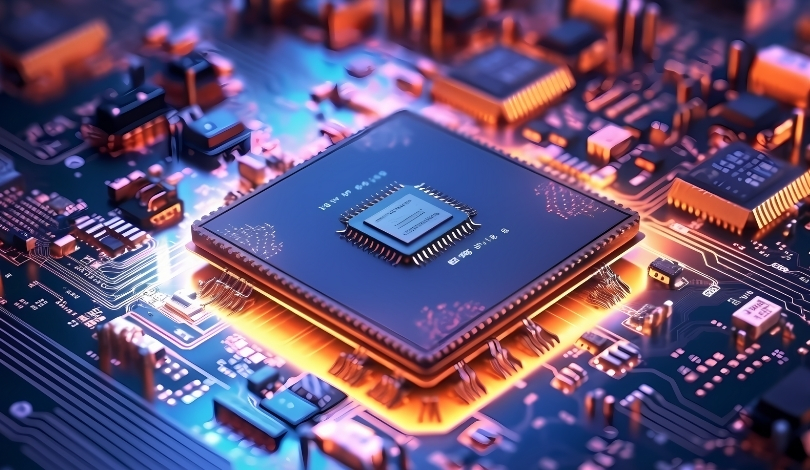Leading semiconductor companies have unveiled plans to produce larger dies in their latest GPU and CPU models. This development aims to boost computational power and efficiency, addressing the growing demand for high-performance processing in various applications. Industry analysts are closely monitoring the potential impact of these larger dies on the market and consumer experiences.
In recent years, the trend towards smaller manufacturing nodes has been prevalent. However, the shift to bigger dies marks a strategic pivot, potentially offering greater transistor density and improved thermal management. This move contrasts with previous approaches that prioritized miniaturization to achieve higher clock speeds and lower power consumption.
Will Larger Dies Enhance Computational Power?
Yes, the increase in die size allows for more transistors to be packed onto a single chip, thereby enhancing the overall computational capabilities. This means that GPUs and CPUs can handle more complex tasks simultaneously, leading to better performance in demanding applications such as 3D rendering and artificial intelligence.
How Will This Affect Manufacturing Costs?
The production of larger dies is expected to increase manufacturing costs due to the higher material usage and more complex fabrication processes. Companies like Intel and AMD have indicated that while the initial investment is substantial, the long-term benefits in performance and market competitiveness justify the expense.
What Are the Implications for Consumers?
Consumers may experience significant performance improvements in their computing devices, albeit potentially at a higher price point. The introduction of larger dies could lead to more powerful and efficient products, catering to both professional and gaming sectors that demand high-end performance.
As the semiconductor industry navigates this shift, the long-term benefits of larger dies could redefine performance standards in the tech market. By balancing the increased costs with enhanced capabilities, manufacturers aim to meet the evolving needs of consumers and maintain a competitive edge.
The transition to bigger dies represents a critical moment for the industry, with potential ripple effects on innovation and product development. Stakeholders are assessing the viability and strategic advantages of this approach, striving to align technological advancements with market demands effectively.
Expanding die sizes could also influence the design and architecture of future processors, enabling more integrated and versatile computing solutions. This evolution might lead to breakthroughs in how devices manage tasks and process information, offering users more seamless and powerful experiences.










